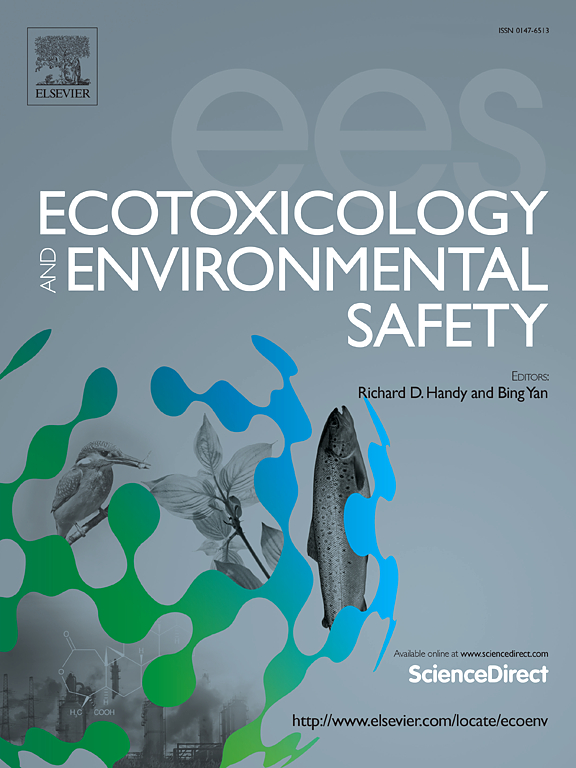Human-mediated outdoor genome editing is not possible so therefore poses no risk to the environment
IF 6.1
2区 环境科学与生态学
Q1 ENVIRONMENTAL SCIENCES
引用次数: 0
Abstract
There is a world-wide re-examination of the regulations that surround genetic technologies, including gene edited organisms. In many countries, crop plants with small gene edits and where no foreign DNA is introduced are exempt from detailed regulatory assessment. This will allow these types of plants to be released, after assessment for benefit and risk, by plant breeders or plant scientists. The full regulatory risk assessment and risk management of novel (including transgenic) plants is well established and focusses on five key criteria (weediness, gene flow, plant pests, non-target impact, biodiversity). However, plants produced by “traditional” plant breeding technologies, many of which have been subject to random mutagenesis or wide crosses that may introduce enormous numbers of DNA changes, are almost never considered novel so are not assessed for risk through a regulatory system. The most targeted, versatile and widely used gene editing technique involves the enzyme-RNA complex, CRISPR-Cas. This method can produce far more precise and targeted changes than “traditional” mutagenesis techniques. Getting the CRISPR-Cas machinery into plant or animal cells requires highly sterile tissue culture and sophisticated delivery tools. Therefore, gene editing, in the open environment by “field spraying”, is not currently possible. While other uses of nucleotide chemistry – such as double stranded RNA - have been applied to plants to knock down gene expression, this is not gene editing and produces no DNA change. Suggestions that gene editing using CRISPR-Cas can occur through spraying directly on to plants in the outside environment is fanciful, incorrect and misleading.
人类介导的室外基因组编辑是不可能的,因此不会对环境构成风险
全世界都在重新审视围绕基因技术(包括基因编辑生物)的监管规定。在许多国家,经过小基因编辑且没有引入外源DNA的作物免于详细的监管评估。这将允许植物育种家或植物科学家在评估了利益和风险后释放这些类型的植物。新型(包括转基因)植物的全面监管风险评估和风险管理已经建立,并集中在五个关键标准(杂草、基因流动、植物害虫、非目标影响、生物多样性)上。然而,通过“传统”植物育种技术生产的植物,其中许多已经受到随机诱变或可能引入大量DNA变化的广泛杂交的影响,几乎从未被认为是新颖的,因此没有通过监管系统进行风险评估。最具针对性、用途广泛且应用广泛的基因编辑技术涉及酶- rna复合物CRISPR-Cas。这种方法可以产生比“传统”诱变技术更精确和更有针对性的变化。将CRISPR-Cas机制植入植物或动物细胞需要高度无菌的组织培养和复杂的输送工具。因此,在开放环境下通过“田间喷洒”进行基因编辑,目前是不可能的。虽然核苷酸化学的其他用途——比如双链RNA——已经应用于植物来降低基因表达,但这不是基因编辑,也不会产生DNA变化。使用CRISPR-Cas进行基因编辑可以通过在外部环境中直接喷洒在植物上进行的说法是不切实际的、不正确的和误导性的。
本文章由计算机程序翻译,如有差异,请以英文原文为准。
求助全文
约1分钟内获得全文
求助全文
来源期刊
CiteScore
12.10
自引率
5.90%
发文量
1234
审稿时长
88 days
期刊介绍:
Ecotoxicology and Environmental Safety is a multi-disciplinary journal that focuses on understanding the exposure and effects of environmental contamination on organisms including human health. The scope of the journal covers three main themes. The topics within these themes, indicated below, include (but are not limited to) the following: Ecotoxicology、Environmental Chemistry、Environmental Safety etc.

 求助内容:
求助内容: 应助结果提醒方式:
应助结果提醒方式:


